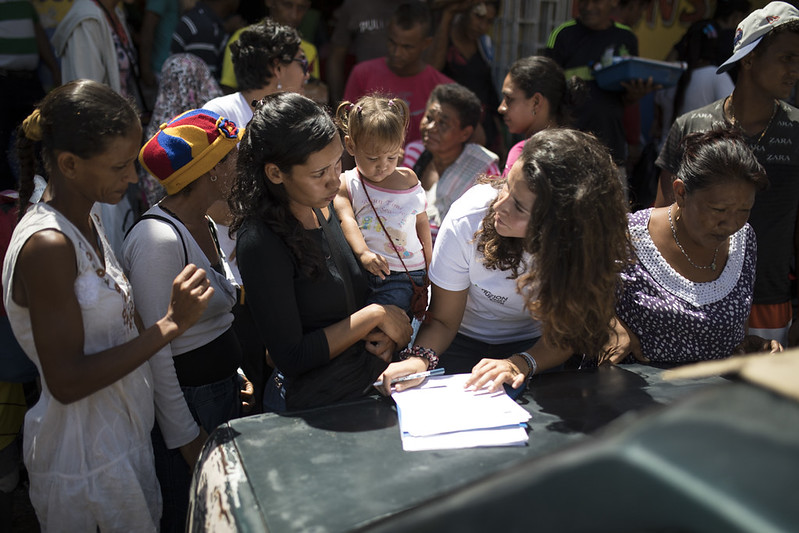The Movement for Gender-Based Asylum Justice: A Collective
 Gender-based violence plagues every country in the world. In some places, gender-based violence is a cultural norm. It is a deeply rooted way of life in which women, particularly, are subjected to physical and structural violence, with less access to economic opportunity and education. The dichotomy between gender-based violence as a private versus a public issue harms many refugees fleeing gender-based violence. Women are vulnerable to danger in their home country, along the migratory path and once they arrive in a destination country. Given that gender is not a standalone category for asylum in the U.S., women refugees are at great risk of being denied entry. The Movement for Gender-Based Asylum Justice is a collection of organizations and nonprofits whose goal is to solidify safety for refugees who are victims of gender-based violence.
Gender-based violence plagues every country in the world. In some places, gender-based violence is a cultural norm. It is a deeply rooted way of life in which women, particularly, are subjected to physical and structural violence, with less access to economic opportunity and education. The dichotomy between gender-based violence as a private versus a public issue harms many refugees fleeing gender-based violence. Women are vulnerable to danger in their home country, along the migratory path and once they arrive in a destination country. Given that gender is not a standalone category for asylum in the U.S., women refugees are at great risk of being denied entry. The Movement for Gender-Based Asylum Justice is a collection of organizations and nonprofits whose goal is to solidify safety for refugees who are victims of gender-based violence.
Gender-Based Violence and Migration
In many countries, gender-based violence is so prevalent that it is the main cause of migration for women seeking asylum. The Northern Triangle made up of Honduras, Guatemala and El Salvador is a prime example of this. These three countries have some of the highest rates of feticide in the world and this violence is a primary cause for seeking asylum. The Weill Cornell Center for Human Rights evaluated over 200 women’s asylum claims and found that 91% reported fleeing unyielding abuse from individuals that their government was “unwilling or unable to control.” Those fleeing gender-based violence have more to face in the asylum-seeking process than other clear-cut asylum cases, such as religious minorities who are targeted directly and publicly. There are various ways for women to apply for asylum due to violence, but the U.S. asylum laws do not explicitly define these paths.
The Movement for Gender-Asylum Justice
The Movement for Gender-Asylum Justice believes that gender should be clearly defined as a category for asylum, similar to the protections offered based on race and religion. Made up of partnerships between Oxfam, the Tahirih Justice Center, the National Immigrant Women’s Advocacy Project and more, the collective reaches across specializations to holistically defend women refugees and their rights to asylum. The Movement has many publications focusing on research and media outreach, such as its report from “survivors, pro bono attorneys, refugee health care providers, and a former immigration judge” as to why gender should be considered an asylum category.
Looking Ahead
While there is some hope for the future of gender-based asylum with organizations like the U.N. claiming that gender is a valid category for requesting asylum, on the whole, women refugees are not fully protected. The decision to grant asylum on the basis of gender is still contested and inconsistent in the U.S. For women to be empowered to seek safety outside of their home country, the threat of being sent back cannot be as unpredictable and devastating as it is presently. The Movement for Gender-Asylum Justice is pushing for what has long been recognized as a need for the protection of women and girls to become standard.
– Hannah Yonas
Photo: Flickr
